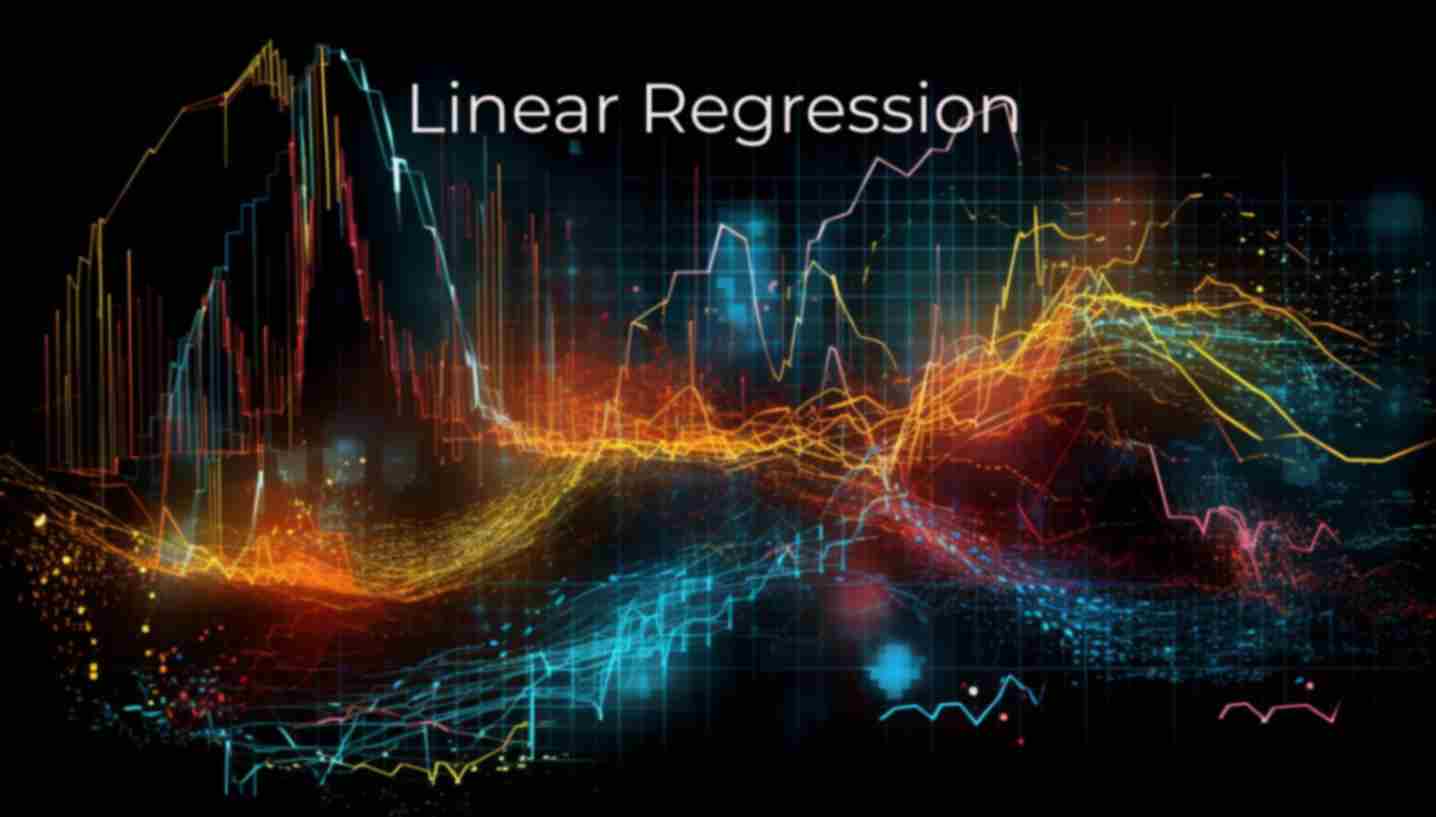- Published on
Mastering Linear Regression: Your Guide to Predictive Modeling
- Authors
-
-
- Name
- Jitendra M
- @_JitendraM
-
Table of contents:
-
Introduction
-
What is Linear Regression?
-
Visual Representation
-
The Linear Regression Process
-
Linear Regression Equation
-
Let’s Code! (Python Program)
- Pros and Cons
-
Real-World Applications
-
Conclusion
-
Explore More

Introduction
In the realm of data science and machine learning, Linear Regression stands as a fundamental technique, essential for understanding how variables relate to one another and for making predictions. Whether you’re taking your first steps into the world of data science or are a seasoned practitioner, mastering Linear Regression is a valuable asset. In this comprehensive guide, we’ll unravel the intricacies of Linear Regression and walk you through its Python implementation.
“Linear Regression: Your guiding compass through the data wilderness.” — Anonymous Data Scientist
What is Linear Regression?
At its core, Linear Regression is a straightforward algorithm used for modeling the relationship between one or more independent variables and a dependent variable. Its primary purpose is predictive modeling, helping us make predictions based on input data.
Visual Representation
Let’s begin by visualizing how Linear Regression works with a simple example. Imagine we have a dataset of housing prices based on square footage:
| Square Footage (X) | Price (Y) |
|---|---|
| 1400 | 179,900 |
| 1600 | 192,000 |
| 1700 | 207,000 |
| 1875 | 225,000 |
| 1100 | 155,000 |
Our goal is to predict house prices based on their square footage. Linear Regression will help us find the best-fit line representing this relationship.
The Linear Regression Process
Here’s a step-by-step breakdown of how Linear Regression works:
-
Data Collection: Gather data containing both the independent variable (square footage) and the dependent variable (price).
-
Data Visualization: Visualize the data to understand the relationship between the variables.
-
Line of Best Fit: Linear Regression calculates the line of best fit, also known as the regression line, minimizing the distance between data points and the line itself.
-
Predictions: With the regression line in place, we can make predictions about future data points. For example, if we have a new house with a square footage of 1500, we can predict its price.
-
Model Evaluation: Assess the quality of the model using various metrics to understand how well it performs in making predictions.
Linear Regression is a powerful tool for tasks like predicting sales, analyzing market trends, and making financial forecasts.
Linear Regression Equation
The Linear Regression equation is represented as:
Y = b0 + b1 * X
Where:
- Y is the dependent variable (the one we want to predict).
- X is the independent variable (the one used for prediction).
- b0 is the intercept.
- b1 is the slope.
Linear Regression calculates the values of b0 and b1 to determine the best-fit line.
Let’s Code! (Python Program)
Now that we’ve grasped the theory behind Linear Regression, let’s dive into its Python implementation. Here’s a Python program that demonstrates Linear Regression using the popular Scikit-Learn library:
# Import the necessary libraries
import numpy as np
import matplotlib.pyplot as plt
from sklearn.linear_model import LinearRegression
# Sample data
X = np.array([1400, 1600, 1700, 1875, 1100]).reshape(-1, 1)
Y = np.array([179900, 192000, 207000, 225000, 155000])
# Create a Linear Regression model
model = LinearRegression()
# Fit the model to the data
model.fit(X, Y)
# Predict house price for a new square footage
new_square_footage = np.array([1500]).reshape(-1, 1)
predicted_price = model.predict(new_square_footage)
print(f"Predicted price for 1500 sq. ft. house: ${predicted_price[0]:,.2f}")
Pros and Cons
Pros
- Simplicity: Linear Regression is easy to understand and implement, making it an excellent choice for beginners.
- Interpretability: The coefficients in the Linear Regression equation provide insights into the relationships between variables.
- Efficiency: It’s a fast algorithm, making it suitable for large datasets.
Cons
- Linearity Assumption: Linear Regression assumes a linear relationship between variables, which may not always hold true.
- Overfitting: It can be sensitive to outliers and may overfit the data if not handled properly.
- Limited to Linear Models: Linear Regression can only model linear relationships, limiting its applicability in some scenarios.
Real-World Applications
Linear Regression finds practical applications in various real-world scenarios:
-
Real Estate: Predicting house prices based on features like square footage, number of bedrooms, and location.
-
Finance: Analyzing stock prices, predicting market trends, and modeling financial data.
-
Healthcare: Estimating patient outcomes based on medical variables.
-
Marketing: Understanding customer behavior, predicting sales, and optimizing advertising campaigns.
-
Social Sciences: Analyzing social and economic data to make predictions and inform policy decisions.
These examples illustrate the versatility of Linear Regression in solving real-world problems.
Conclusion
In conclusion, Linear Regression is a foundational algorithm with the power to unravel insights from data and make predictions. As you’ve journeyed through this comprehensive guide, you’ve gained a deeper understanding of how Linear Regression works, its equation, and its real-world applications.
Remember that while Linear Regression is a valuable tool, it’s just one piece of the vast field of data science. Continue exploring and expanding your knowledge in this exciting domain.
Stay tuned for more articles, tutorials, and insights on the ever-evolving landscape of technology, data, and predictive modeling.
Explore More
If you found this article informative and want to explore more topics in data science and algorithms, check out these related articles:
- Mastering Linear Search: A Comprehensive Guide for Efficient Searching
- Mastering Binary Search: A Comprehensive Guide for Efficient Searching
Happy reading and learning!